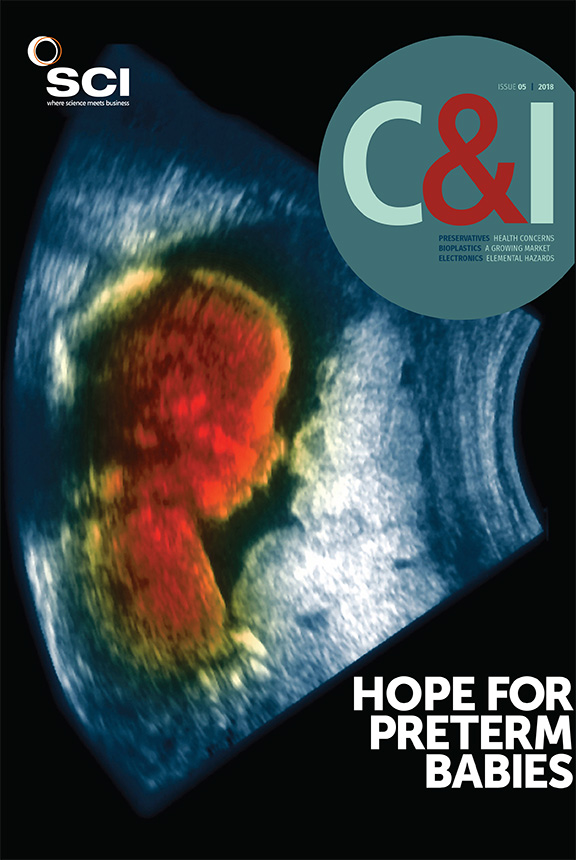Genome edited crops have been sown in the UK for the first time. An experimental field trial at Rothamsted Research in May 2018 planted two lines of false flax (Camelina) plants with DNA edited out to investigate the biochemistry of how flax plants make lipids.
Some environmental groups argue that gene editing should be regulated the same as genetically modified organisms (GMOs). GMOs involve the transfer of a gene from one species to another, while gene editing allows scientists to change the DNA code of a plant or animal without foreign DNA.
Plant biotechnologist Johnathan Napier at Rothamsted says the gene-editing field trial is the first in Europe. ‘This is the simplest form of gene editing, just removing some DNA sequences, and so it is like natural mutagenesis,’ he says.
However, anti-GMO organisation GM Freeze is against the GM Camelina field trials and argues that gene editing involves many of the same risks as ‘older forms’ of GM. ‘Defra has allowed the trial to proceed with two lines of genome edited plants on the basis that Rothamsted Research and Defra are treating them as non-GM. This means that they have not been subject to proper analysis or risk assessment’.
She believes the UK government should have waited for a European Court of Justice ruling on whether gene editing fits under current EU legislation on GMOs. The ruling is expected soon.
GM Camelina will also be planted in the trial. These plants are engineered to make omega-3 long chain polyunsaturated acids, also known as omega-3 fish oils, in their seeds.
‘We are engineering in the ability to make omega-3, which no wild plant can do. We need to put five or six genes in from marine organisms,’ explains Napier. ‘We are also trying to tweak the oil profiles so it looks more like a fish oil.’
The aim is to grow fish oil crops to feed to farmed fish such as salmon. Of the 1m t of fish oil taken from seas, 80% currently goes into fish farms.
The GM Camelina fish-oil would likely be commercialised in North or South America. Gene editing could potentially be used to improve the oil from the GM Camelina plants.





